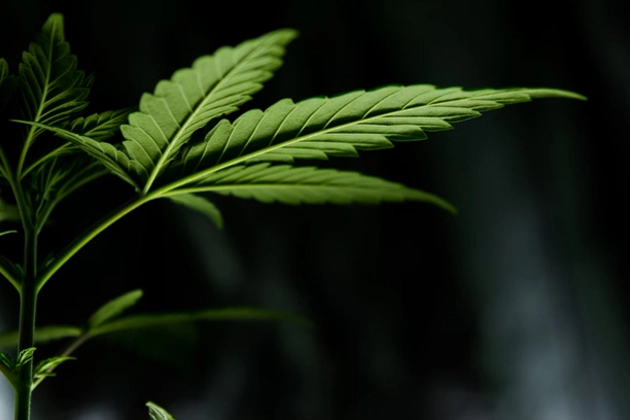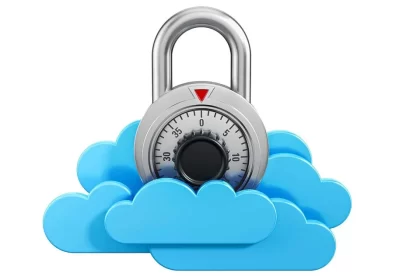The cannabidiol market has quietly become one of the most exciting sectors within the consumer packaged goods (CPG) industry.
Following the wave of legalization and liberalization that ensued across states and countries over the past decade, a slew of new innovative trends have since come to light, all set to define this space over the coming decade.
In this article, we cover 4 such prominent trends, along with the impact they are set to have on growers, consumers, retailers, and local communities the world over.
1. Regulatory Clarity & Standardization
One of the biggest catalysts for growth in this industry has long been regulatory clarity and standardization. While this was achieved to a certain extent over the past decade, the 2020s will see this trend go deeper, while expanding further into previously untouched territories.
In addition to this, governments across the world will recognize the need for clear guidelines to ensure consumer safety, in order to protect and pave the way for the scaling of this $13 billion industry. Laws and regulations enacted in this regard will likely cover everything from farming and production practices, to labeling, distribution, and retailing.
The CBD industry continues to struggle when it comes to establishing mainstream trust, which was deemed crucial to take consumers away from gray market drug pushers. These changes, however, can help turn things around, provided they are executed and enforced accordingly.
2. Expansion Into Mainstream Retail
CBD products started retailing primarily in specialty stores and dispensaries, which still make up a bulk of their overall sales. Things, however, are quickly shifting in favor of mainstream retail channels, with major retailers, pharmacies, and supermarkets now planning to stock CBD, and CBD-infused products.
This not only expands the potential market manifold, but also normalizes the use of CBD products to a broader mainstream market. As a result, the entire value chain stands to gain from steady growing demand, which can reach all the way up to 20% on a CAGR basis, over the coming ten years.
It will also be worth seeing how large mainstream retailers will adapt to this new segment, while catering to their existing family-oriented customers. The CBD pie is too big and lucrative to pass on, but at the same time, normalizing it, and making it as acceptable as wine or cigarettes is a tall order even today.
3. Innovation & Product Diversification
As regulatory clarity and standardizations come into play, businesses in this segment will start looking towards innovations and differentiations to stay ahead of competitors. This includes CBD-infused products, across beverages, gummies, pet treats, cosmetics, packaging, and a lot more.
Innovations will also seep into farming, production, and extraction methods, all aimed at improving the unit economics of this industry. As big organized players get involved and deploy large amounts of capital, consumers are set to gain with better prices, products, and quality.
Innovations in equipment are also playing a pivotal role in enhancing production efficiency and product quality. For example, the Stardust Machine enables precise application of premium coatings, such as kief or concentrates, allowing producers to deliver superior cannabis products that cater to evolving consumer demands.
In terms of innovations, we’ve barely scratched the surface when it comes to CBD, with most institutional efforts having begun only recently once legalizations began in full swing. Beyond the products and consumables, there is plenty of research being done on addictions, sustainability, and minimizing the health impacts and side effects of CBD in the long-run.
4. Locations Closer To Home
One of the biggest, and most visible trends in this segment in recent months is the shift in the business and retailing strategy of specialty CBD retailers, away from the high-streets and central business districts, in favor of small neighborhood stores.
This was likely spurred on by rising rents and work-from-home, but will certainly continue even after hybrid and remote work comes to an end, given the substantial benefits of this model.
A few years down the road, the nearest Hometown Hero store shouldn’t be more than 10 miles away from most individuals staying in major US cities. This can also make the quick, seamless delivery of CBD and its related products the new normal in cities, with the use of services such as DoorDash and Instacart.
Final Words
These are undeniably exciting times for the CBD business, with new products, innovations, and concepts seeing the light of day, every other day.
Estimates peg this industry to be worth over $60 billion by 2030, but we believe this is an understatement, given the remarkable pace of growth we are currently witnessing across the value chain.










